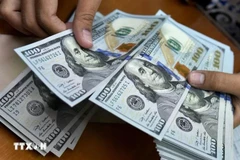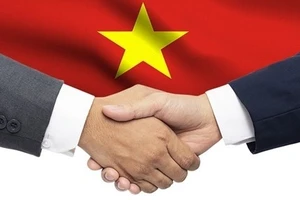He said thatmodernising fleets is the key to developing the marine transport marketso that it offers higher quality services at lower costs.
The Government has a policy to develop the marine industry andsuggested it call for investment capital from foreign organisations andindividuals to help with the funding needed.
Ifpossible, foreign investors could contribute up to 49 percent in capitaland this would then attract even more financial support, he noted.
Thu also advised businesses in the sector to comply with the recentlyapproved Ministry of Transport project to restructure the marine sectorby 2020. Upgrading different types of fleets is an important componentof this plan.
At the same time, businesses shouldenhance coordination with other manufacturers and traders to seek goodstransport contracts and create a professional logistics system, herecommended.
He cited weaknesses in the Vietnamesefleet, which numbers 1,800 at present. For example, while the number ofsmall-tonnage vessels remains high, there are very few big ships capableof carrying oil and gas. Additionally, there are about 600 marinetransport businesses in Vietnam , but over 500 are private andoperate on small scale.
Chu Quang Thu, a maritimeexpert, said the notable weaknesses of the sector are the poormanagement of businesses and the loose coordination between fleets.Another limitation is that the average age of Vietnamese fleets isaround seven years higher than many foreign ones, he said.
In 2014, Vietnamese fleets carried 98.5 million tonnes of goods, aslight increase of 0.13 percent over the previous year. However, themarine trade activities still face numerous difficulties and fiercecompetition. Currently, domestic ships can undertake only 10-12 percentof the import-export transport market share by seaways.
Most of the ships are operating in Southeast Asia and Northeast Asia,while they have yet to set routes to Europe and the US – the two majorimporters of Vietnam.-VNA
























